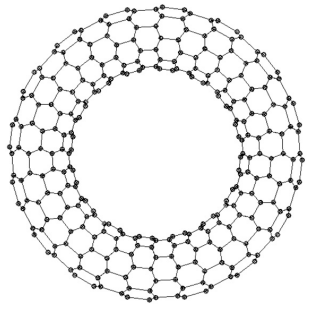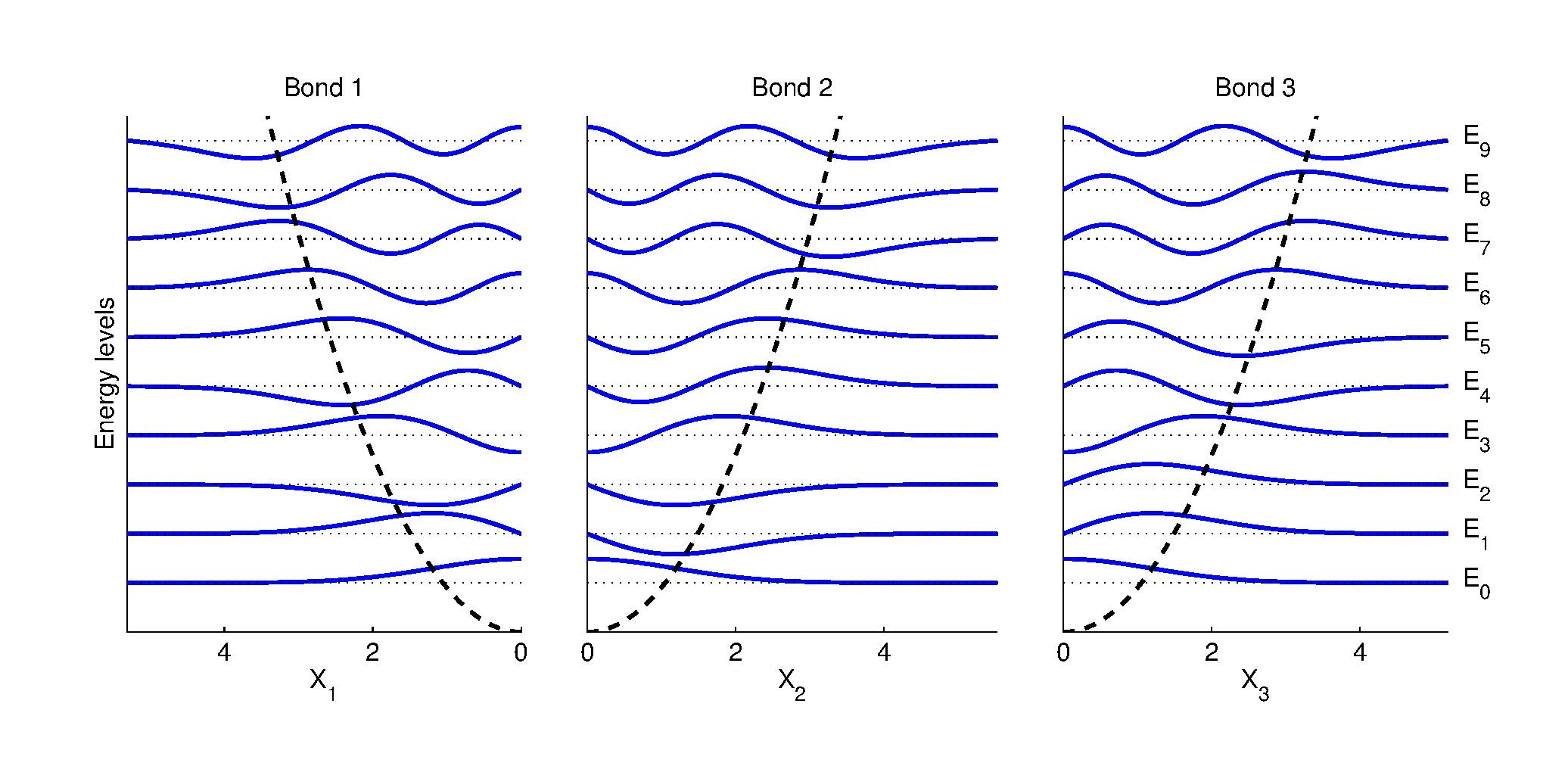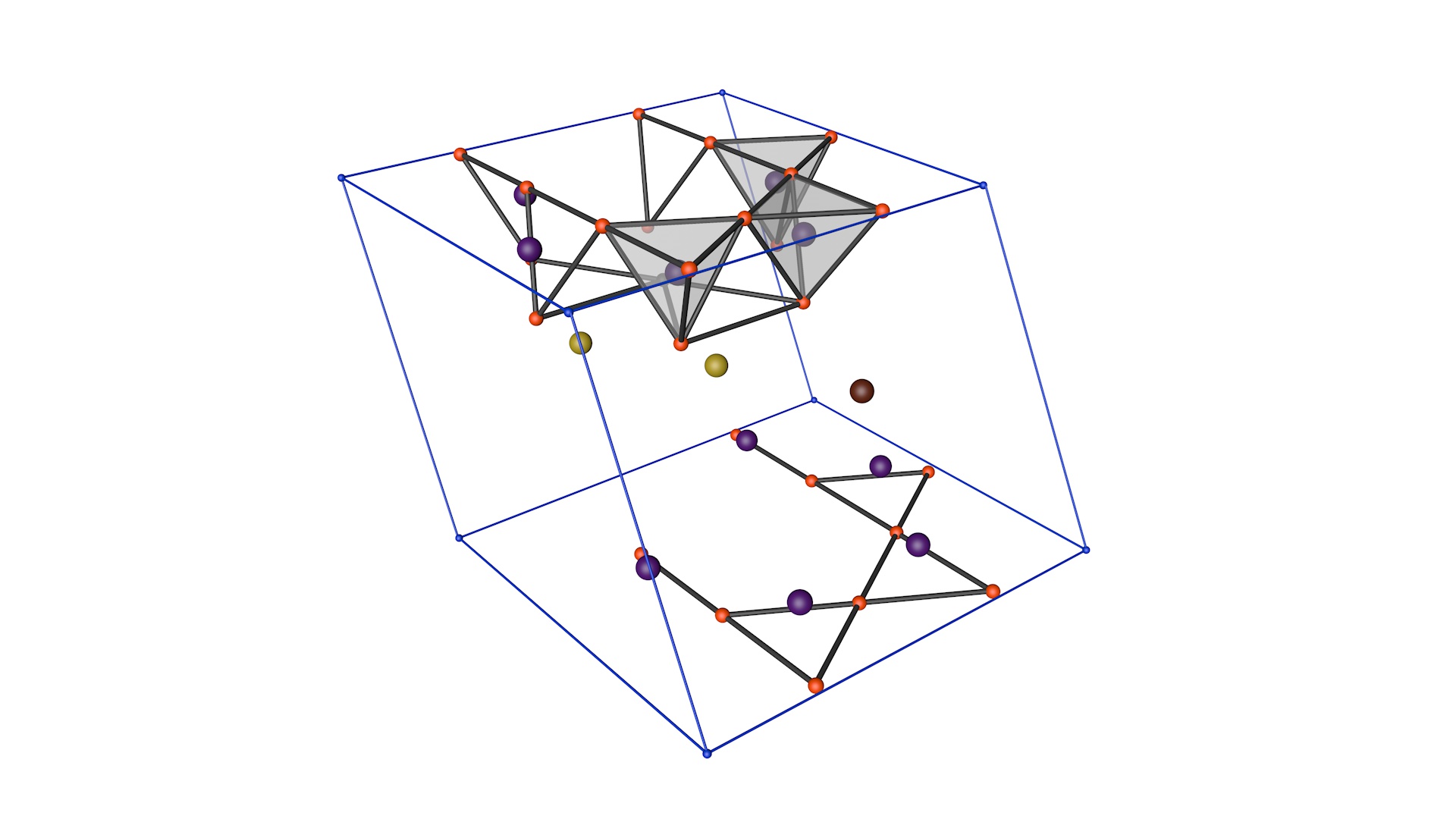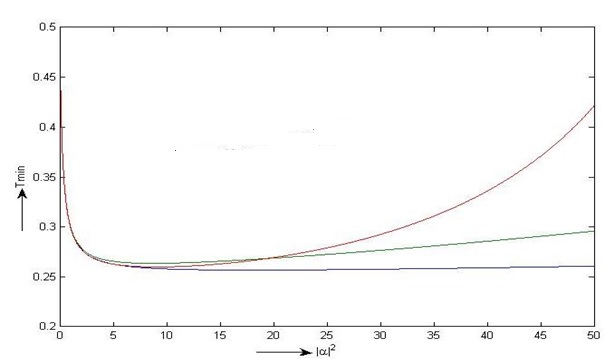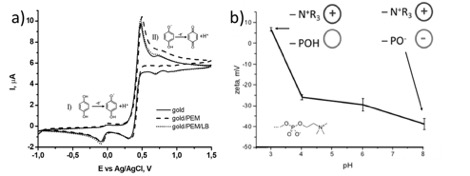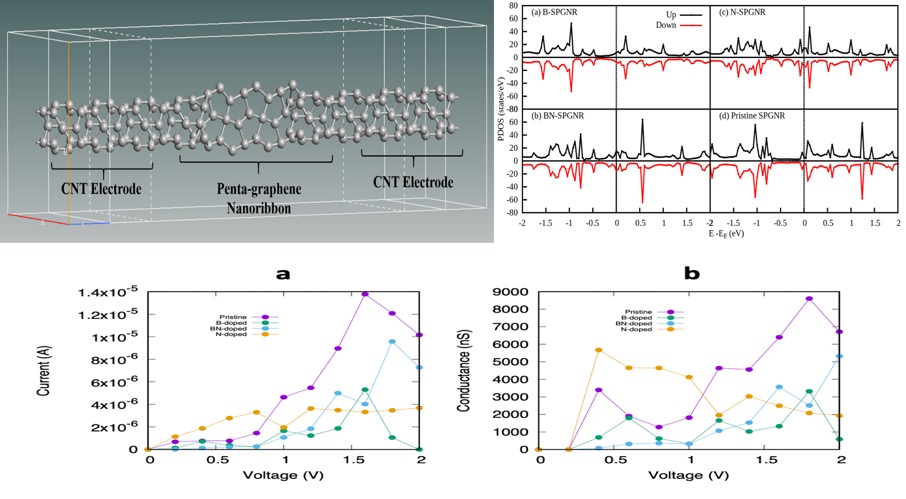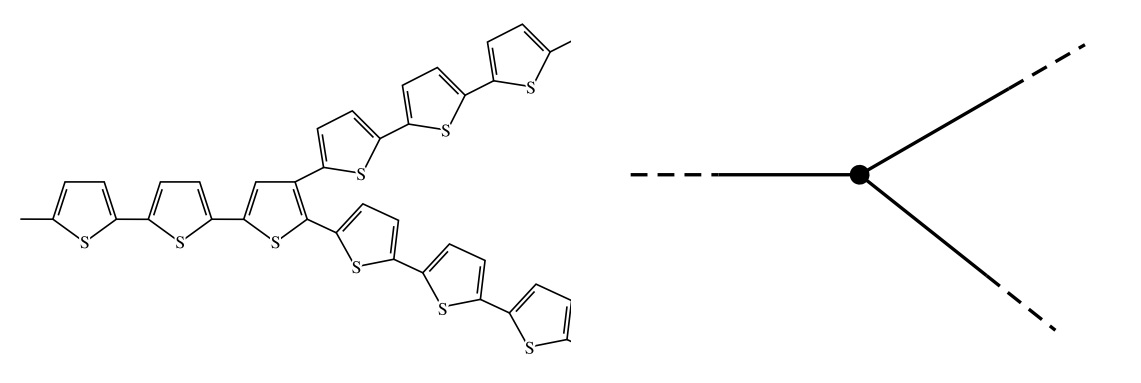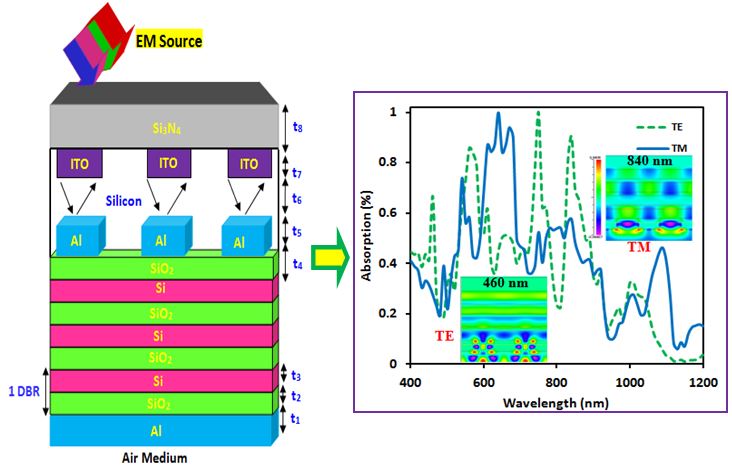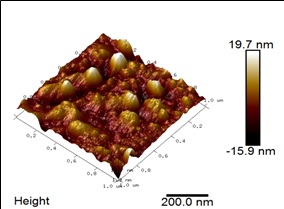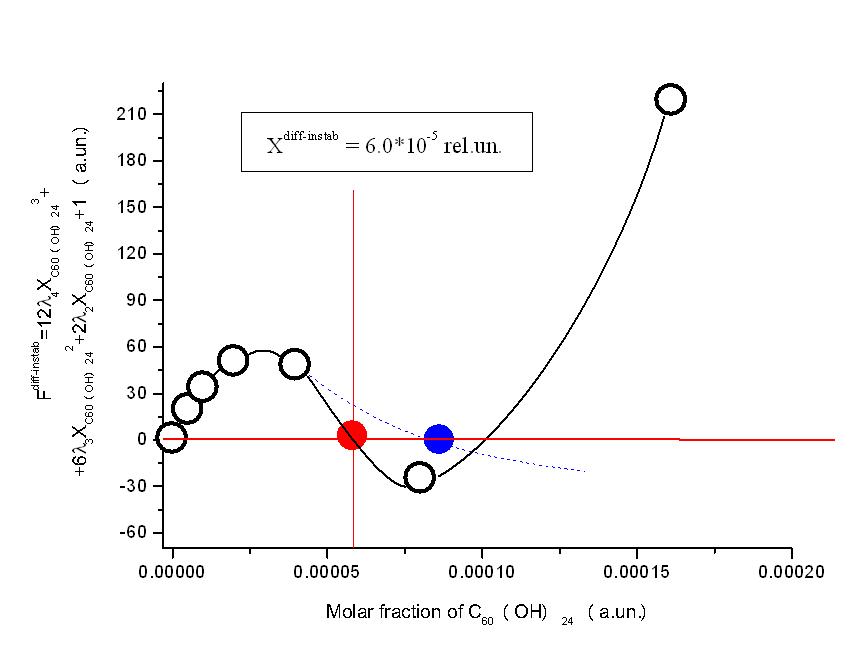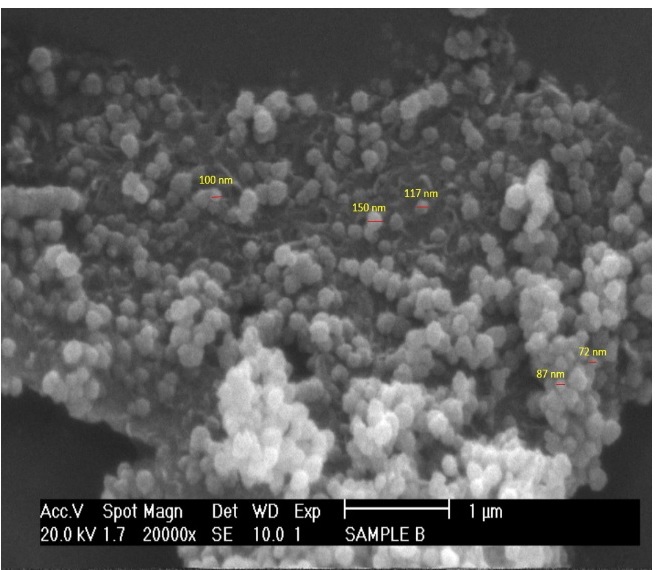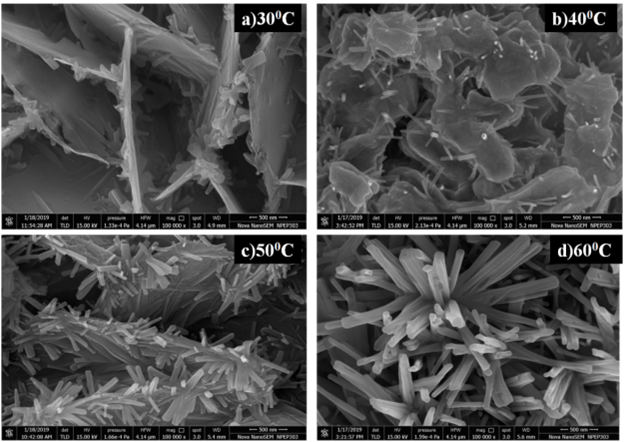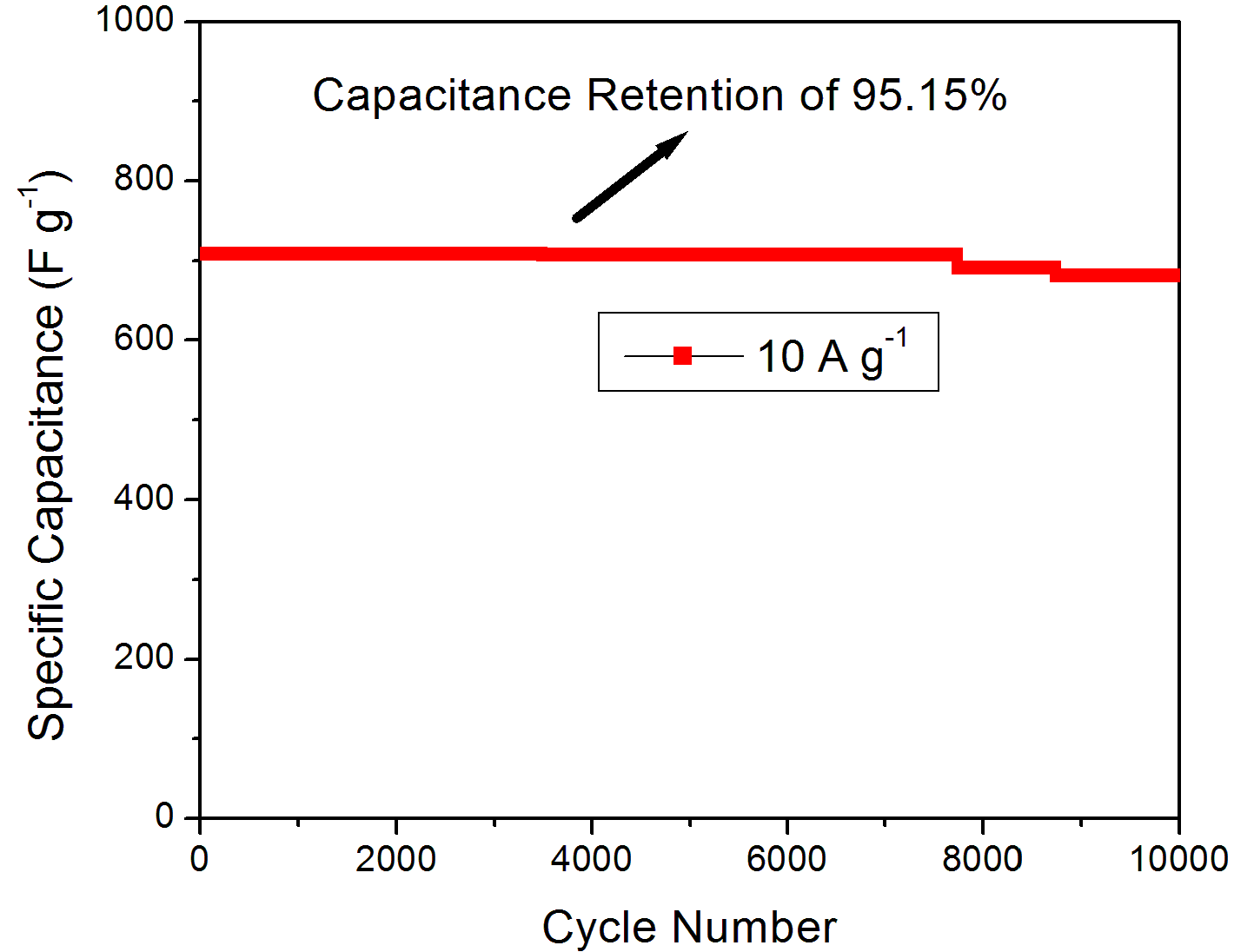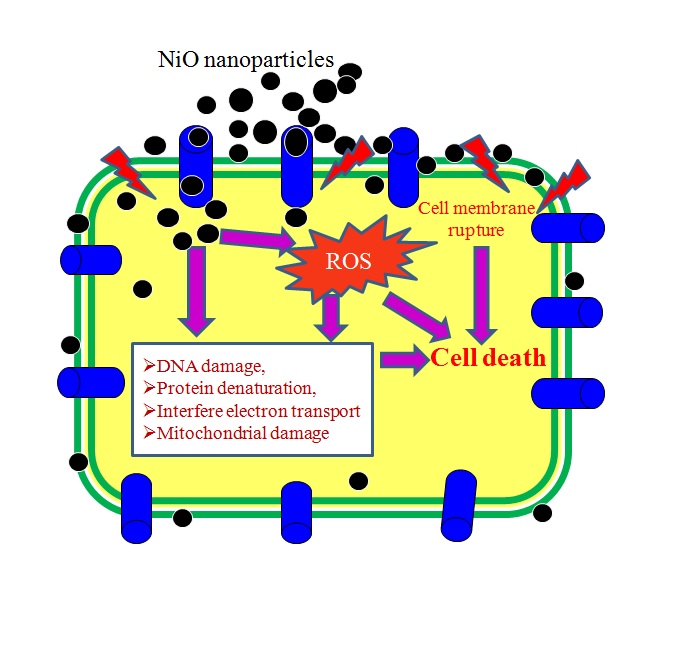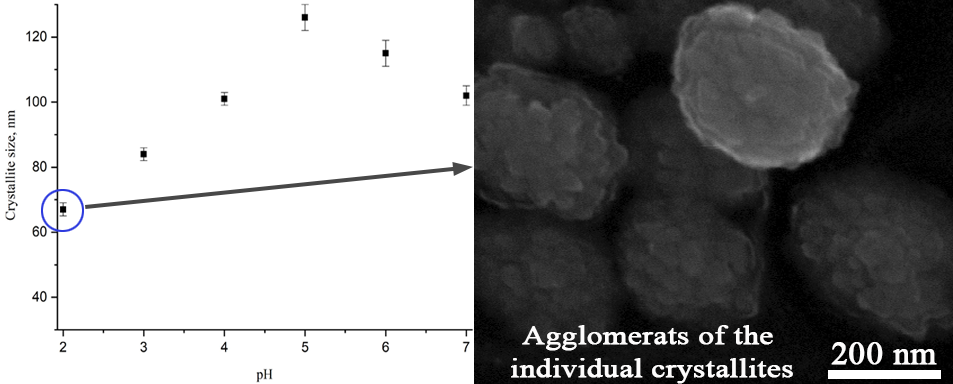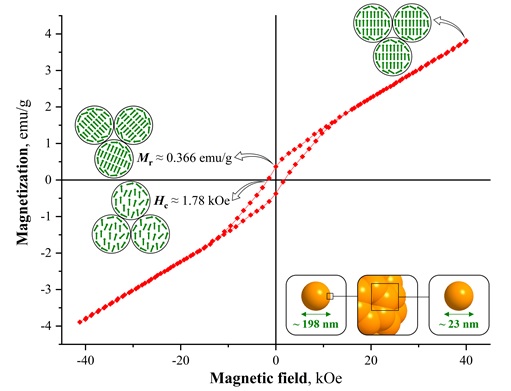MATHEMATICS
The reduced second Zagreb index of a graph G is defined as RM2(G) = X (dG(u)−1)(dG(v)−1), where dG(v) denotes the degree uv∈E(G) of the vertex v of graph G. Recently Furtula et al. (Furtula B., Gutman I., Ediz S. Discrete Appl. Math., 2014) characterized the maximum trees with respect to reduced second Zagreb index. The aim of this paper is to compute reduced second Zagreb index of the Cartesian product of k (≥ 2) number of graphs and hence as a consequence the reduced second Zagreb index of some special graphs applicable in various real world problems are computed. Topological properties of different nanomaterials like nanotube, nanotorus etc. are studied here graphically in terms of the aforesaid aforementioned index.
We consider a 2×2 operator matrix Aµ, µ > 0 related with the lattice systems describing two identical bosons and one particle, another nature in interactions, without conservation of the number of particles. We obtain an analog of the Faddeev equation and its symmetric version for the eigenfunctions of Aµ. We describe the new branches of the essential spectrum of Aµ via the spectrum of a family of generalized Friedrichs models. It is established that the essential spectrum of Aµ consists the union of at most three bounded closed intervals and their location is studied. For the critical value µ0 of the coupling constant µ we establish the existence of infinitely many eigenvalues, which are located in the both sides of the essential spectrum of Aµ. In this case, an asymptotic formula for the discrete spectrum of Aµ is found.
In this paper, we address the problem of a particle dynamics in a network of quantum harmonic oscillators by solving the stationary Schrodinger¨ equation on metric graphs in the presence of harmonic oscillator potential with bond-dependent frequency. Particle transport is analyzed by considering wave packet dynamics in such a system modeled in terms of quantum graph.
PHYSICS
We address amorphization of montmorillonite crystal structure. Powdered montmorillonite samples with an effective particle diameter D ≤630µm were treated by microwave field with the frequency 2.45 GHz and power 750 W for ten minutes in different environments. The first sample was treated in an air environment, the second one in a humid environment. The third sample was a ceramic mass with 10% concentration of mixing water (with respect to the total mass). The model describing amorphization is based on results of X-ray analysis. Activation energies were evaluated for covalently and ionically bound oxygen ions, hydroxyl groups, and silicon (aluminum) ions. It is shown that the amorphization is carried out in four stages. In fractions of the energy consumption of the last stage the first one consumes 7÷9%, the second one takes 13÷15%, and the third one takes 49÷59%.
We study various non classical effects of light like reduction of quantum phase fluctuation, antibunching and minimum total noise present in various nonlinear optical processes. Further, we have shown that depth of non-classicality can be directly measured using all these parameters. We have done the comparative study to correlate these non-classical effects in seven wave mixing, eight wave mixing and third harmonic generation.
In this work, we discuss Shannon entropy in relation to ion distribution in solutions. Shannon entropy is a key concept of information theory. Discussion of ion solutions informational entropy is essential for consideration of ions as information carriers in iontronic devices. We studied entropy associated with ions redistribution using model electrochemically triggered local ion fluxes. For this purpose, we utilized bare gold electrodes as well as covered by polyelectrolyte layers and lipids. Modification of the electrode surface leads to a change of ion flux triggered by hydroquinone oxidation. Consequently, various distribution of ions in solution can be obtained. Shannon entropy was evaluated for diverse ion distributions.
Electronic transport properties of pristine, homogenously and heterogeneously boron-nitrogen doped saw-tooth penta-graphene nanoribbon (SPGNR) with carbon nanotube electrodes have been studied using Extended Huckel Theory in combination with the non-equilibrium Green’s function formalism. CNT electrodes produce a remarkable increase in current at higher bias voltages in pristine SPGNR. The current intensity is maximum at higher bias voltages, while the nitrogen-doped model shows current from the onset of the bias voltage. However, there are also considerable differences in the I-V curves associated with the pristine model and other models doped homogenously as well as heterogeneously with boron and nitrogen. The doped models also exhibit a small negative differential resistance effect, with much prominence in the nitrogen-doped model. In summary, our findings show clearly that doping can effectively modulate the electronic and the transport properties of penta-graphene nanoribbons that have not been studied and reported thus far.
In this paper, we study polarons in branched conducting polymers. For the description of polarons dynamics in such a polymers, we use the modified SSH-model in combination with quantum graph concept. Applications and possible extensions of the model are discussed.
CHEMISTRY AND MATERIALS SCIENCE
The performances of ultrathin film silicon solar cells are limited due to low light absorption and poor collection of charge carriers. In this work, we have designed and studied the one-dimensional photonic crystals (1DPCs) and thin film silicon solar cells. For the simulation, the plane wave method (PWM) and rigorous coupled wave analysis (RCWA) methods were used. First, we explored the analysis of bandgap, field distribution and the reflectivity of 1DPCs. Later, the optimized Si/SiO2 1DPC was integrated with the crystalline silicon solar cell as the back reflector and simulation was performed. The performance of designed solar cells showed the strong influence of 1DPC. The solar cell is integrated with the three distributed Bragg reflectors (5DBRs) at the bottom showed the best performance with its enhanced short circuit current and cell efficiency.
Quaternary Copper Zinc Tin Selenide (CZTSe) is a preferred candidate as an absorber layer in solar cells due to its non-toxicity and the abundancy of its constituents. This material also has thermoelectric properties suitable for solar thermal energy conversion and waste heat recovery. The preparation of bulk thermoelectric materials is a tedious, multistep task and requires considerable time and energy consumption for tuning of desired properties. Here one step solid state reaction has been used for synthesis of bulk CZTSe materials in five different ratios of elemental precursors: Cu, Zn, Sn and Se. Atomic Force Microscopy (AFM), X-Ray Photoelectron Spectroscopy (XPS) and X-ray diffraction (XRD) techniques have been used for structural and compositional analysis of the materials. AFM analysis shows significant difference in roughness parameters and grain size with respect to Cu/Zn variations. The XRD spectra of various samples show the formation of CZTSe materials. Raman spectra verifies absence of secondary phases. XPS analysis reveals constituent atoms display chemical valences of +1, +2, +4, and −1 for Cu, Zn, Sn, and Se, respectively. The stoichiometric sample, Cu2ZnSnSe4, exhibited the maximum power factor 0.30 mW·m−1K−2, having carrier concentration in the range of 1018 – 1019 cm−3 and resistivity in the range of 0.21 to 0.24 Ω·cm.
The temperature of water-ice crystallization initiation decreases (∆T) were determined in the binary water solutions of water soluble fullerenol: C60(OH)24 − H2O at 272.85–273.15 K. Solution concentrations (in molar fractions) vary over a wide range xnano−cluster = 5.0 · 10−6 ÷ 1.6 · 10−4 a.un. Liquidus temperatures were determined with the help of Beckman thermometer with a linear resolution of the device scale ∆T ≈ 0.01 K/mm (h – height of Hg capillary raising). For the thermodynamic description of the discussed systems, we have elaborated an ∆h original semi-empirical model, the virial decomposition asymmetric model (VD-AS), with assistance from partial molar functions of nano-clusters (activities and activity coefficients) were calculated. The Gibbs energies for the solutions and miscibility gap concentration regions were calculated. VD-AS model excellently describes pre-delamination or micro-heterogeneous-structure formation in the considered solutions. These calculations are confirmed by the dynamic light scattering data.
The purpose of this study was to evaluate the efficiency of porous magnetic graphene (PMG) for removal of Erythromycin (ER) from aqueous solutions. PMG was prepared from banana peel residue, which was considered as a discarded material. As-synthesized nanocomposite was characterized by SEM, AFM, FTIR, RAMAN and BET analysis. The optimum conditions were obtained at pH of 3, contact time of 30 min, initial antibiotic concentration of 200 mg/L, and adsorbent dose of 0.35 g/L. In equilibrium, the Langmuir isotherm model was the best fit to the experimental data for the kinetics study, the adsorption process developed the pseudo-second-order model. According to the results, nanosheet had high adsorption capacity (286 mg/g) and can be considered as an acceptable adsorbent for the removal of ER from aqueous solutions.
Zinc sulfide thin films were synthesized by means of cyclic voltammetry technique onto stainless steel substrate. The electrolyte bath of aqueous solution containing 0.1 N Zinc sulfate (ZnSO4·7H2O) and 0.1 N sodium thiosulfate (Na2S2O3.5H2O) with 0.1 N Triethanolamine was used as complexing agent. Cyclic voltammetry was employed to measure its ranges of deposition voltages and thickness of ZnS thin films can be controlled by number of voltage cycles applied during deposition. Also we obtained hysteresis curve that imply its potential application. The bath temperatures were varies from 30◦C to 60◦C. The Influence of bath temperatures on optical properties and morphology has been investigated in details. The electrochemical deposited ZnS thin films were characterized by UV-visible spectroscopy and the field emission scanning electron microscopy (FESEM). The UV-visible spectroscopy analysis showed that energy gap varied between 3.99 to 3.79 eV depending on bath temperatures. The FESEM analysis showed that ZnS thin film deposited at various bath temperatures are polycrystalline nature, homogenous, uniform with randomly oriented nanoflakes and nanorods. The good quality of zinc sulphide thin film could be prepared in the presence of triethanolamine.
Ternary spinel MnCo2S4 spherical nanoparticles are prepared through a simple one step hydrothermal approach with precursors followed by an ion exchange reaction. The obtained spherical nanoparticles offers a high specific surface area with mesoporous structure, this aids in providing outstanding electrochemical performance with a specific capacitance of 707.77 F/g at 2 A/g and a good cyclic stability (initial capacitance of 95.15% after 10000 cycles). It offers a high energy density of 78.17 W h Kg−1 to satisfy the commercial needs. By the utilization of structural and electrochemical benefits, MnCo2S4 electrode establishes its significant potential in the field of energy storage system.
Bacterial resistance to antibiotic treatment is a major emerging clinical and public health issue across the globe. Advancements in the field of metal oxide nanomaterials in the last few years have improved the potential of metal oxides in different applications. Metal oxides, of which, nickel oxide (NiO) is one, also possess antibacterial activities. This investigation was planned to synthesize NiO nanoparticles to study their antibacterial potential in comparison with bulk NiO and standard antibiotics at different concentrations. Synthesis and characterization of NiO nanoparticles was done by standard procedures. The antibacterial potentials of different compounds were determined at different concentrations against S. aureus and E. coli. The diameter of zone of inhibition showed that the antibacterial effect of NiO nanoparticles against S. aureus was better than E. coli at the same concentration. The concentration-dependent effect of NiO nanoparticles was observed from 0.125 to 128 µg/ml. The effect of NiO nanoparticles was markedly better than bulk NiO at all concentrations. Tetracycline and gentamicin did not show effect below 1.0 µg/ml and 2.0 µg/ml, respectively. The activity index and fold increase of NiO nanoparticles were both higher than 1 and positive, with respect to tetracycline, gentamicin and bulk NiO against S. aureus and E. coli at all the tested concentrations. In conclusion, the NiO nanoparticles seemed to be a more potent antibacterial agent than their bulk form, tetracycline and gentamicin, and in future, their applications may be extended in biomedical field and other areas to reduce microbial infections and incidences of antibacterial resistance.
The paper deals with a study of the effect which the hydrothermal fluid pH has on the formation of a pyrochlore-structured phase in the Bi2O3– Fe2O3–WO3 system. It was shown that at pH of 1 and 8, the formation of pyrochlore-structured phase particles with crystallite sizes of 38 and 118 nm, respectively, is accompanied by the formation of the Bi2WO6 compound with the Aurivillius phase structure. At pH values from 2 to 7, only pyrochlore-structured nanocrystalline particles with a variable composition are formed. Under these conditions, the dependence of the average size of crystallites of the pyrochlore-structured phase particles on pH is extreme, as the size increases from ∼ 67 nm at pH 2 up to ∼ 126 nm at pH 5 and then decreases to ∼ 102 nm at pH 7. The samples obtained at pH 3–4 have a composition that is the closest to that specified for the synthesis.
When pH increases up to 10, there forms a non-single-phase product that contains the Bi2WO6 phase and δ-Bi2O3-based phase.
Gadolinium orthoferrite (GdFeO3) seems to have potential as a dual-modal contrast agent for magnetic resonance imaging (MRI), thus its preparation in the form of ultrafine superparamagnetic nanoparticles is currently of great interest. In this work, nanocrystalline GdFeO3 was successfully synthesized by the heat treatment (750 ◦C, 4 h) of gadolinium and iron(III) hydroxides reversely co-precipitated at low temperature (0 ◦C). Initial and resulting powders were analyzed by EDX, SEM, PXRD, Mossbauer spectroscopy, vibration magnetometry, etc. Gadolinium orthoferrite was¨ formed as isometric nanocrystals with an average size of 23±3 nm, which were strongly agglomerated into clusters of about 200 nm in diameter. It was shown that the individual GdFeO3 nanocrystals are superparamagnetic, but in the cluster form, they exhibit a collective weak ferromagnetic behavior. After ultrasonic-assisted disintegration of GdFeO3 to a colloidal solution form, these clusters remained stable due to their strong agglomeration and low zeta potential value of 1 mV. Thus, it is concluded that the further use of the synthesized GdFeO3 nanoparticles as a basis of MRI contrast agents will be possible only after the suppression of their clustering.
ISSN 2305-7971 (Online)



